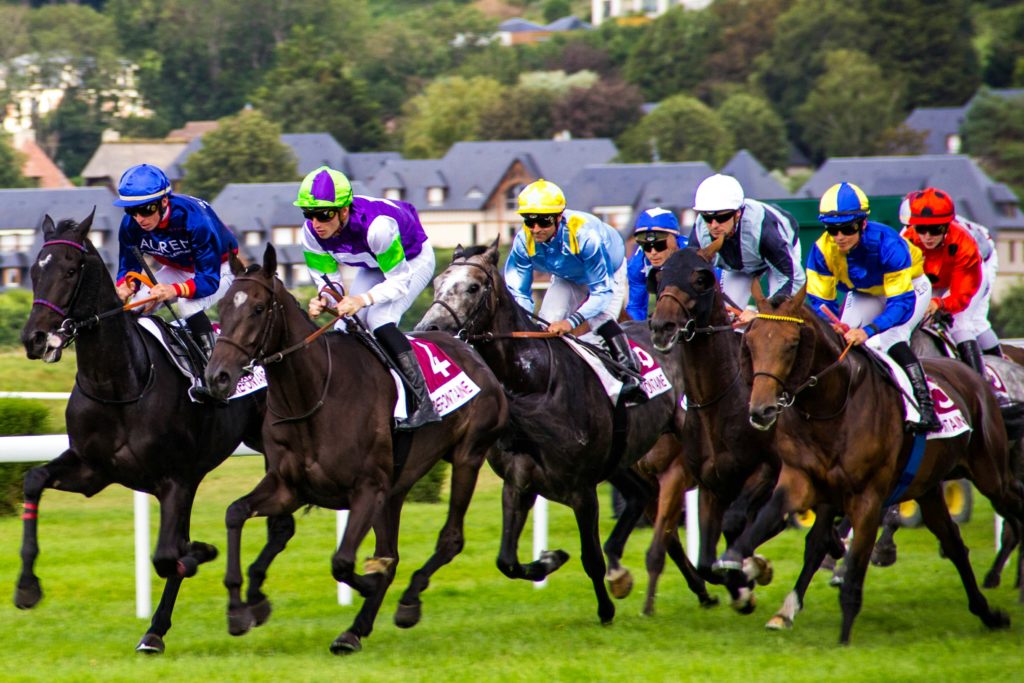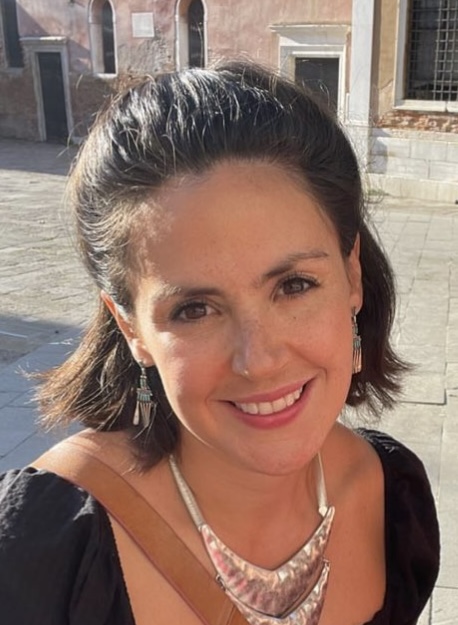
Photo by Philippe Oursel on Unsplash
Working as a Programme Lead in Sports Medicine at the University of Birmingham while simultaneously serving as a racecourse physiotherapist for jockeys has been an enriching, yet challenging experience. Managing both academic responsibilities and practical work in such dynamic fields has provided me with unique perspectives on the theory-practice relationship, and allowed me to grow as both an educator and practitioner.
The Role of a Programme Lead in Sports Medicine
As a Programme Lead, I oversee the curriculum development, teaching, and student engagement for the Sports Medicine program. This involves ensuring that students gain a comprehensive understanding of injury prevention, rehabilitation, biomechanics, and sports science, all while integrating the latest research and clinical practices into their learning. I am responsible for mentoring students, guiding them through both theoretical and practical aspects of sports medicine, and preparing them for careers in the field.
In addition, I collaborate with academic colleagues to keep the program relevant and forward-thinking. We continuously refine our teaching methods and course content to ensure our students are equipped with the most current knowledge and skills necessary for modern sports medicine professionals.
Practical Application as a Racecourse Physiotherapist
Parallel to my academic role, I work clinically in elite sports as a consultant. One of my consultancy roles is working on the ground as a racecourse physiotherapist, primarily focusing on the health and safety of jockeys. Jockeys endure unique physical stresses, such as repetitive strain, high-impact injuries, and the demands of riding at high speeds, while working within a sport that requires jockeys to weigh a certain amount which can take its toll on their health and injury risk. My role involves not only managing acute injuries sustained during races but also implementing injury prevention programs and rehabilitation strategies to ensure optimal performance.
This practical experience in sports medicine feeds directly into my teaching role. Being able to apply classroom theory to real-life scenarios allows me to share invaluable insights with my students, bridging the gap between academic learning and real-world application. It’s one thing to read about musculoskeletal injuries, but it’s another to manage a jockey’s recovery from a high-impact fall. This direct interaction with elite athletes helps ground my teaching in reality, offering my students a more practical perspective.
Integrating Academia and Practice
Balancing both roles has given me the ability to constantly integrate new knowledge and practices from both settings. I can take the latest research from academia and apply it to my physiotherapy practice, ensuring the jockeys receive the best care grounded in evidence-based science. At the same time, the challenges and complexities I encounter in the field often inspire new areas of research or curriculum development, making my teaching more relevant and insightful for students.
For example, my understanding of biomechanics and sports injury rehabilitation is continuously updated through my work with jockeys. The delicate balance of maintaining core stability, muscle endurance, and flexibility in such a high-stress sport has enhanced my understanding of injury prevention. These insights then inform the programs I develop for my students, creating a more comprehensive and holistic learning experience.
Time Management and Adaptability
One of the major challenges of juggling these two roles is managing time effectively. Race days can be unpredictable, with long hours and the pressure of ensuring athlete safety. Simultaneously, my academic duties demand thorough planning, student interaction, and curriculum management. Learning how to prioritize tasks, delegate when necessary, and remain flexible has been key in handling both responsibilities effectively.
The University of Birmingham’s supportive environment, with flexible working arrangements and a collaborative academic culture, has made it possible to maintain this balance. It’s a constant learning process, but one that has significantly developed my ability to work under pressure, manage multiple demands, and adapt to evolving situations.
The Value of Dual Roles
The most rewarding aspect of managing both an academic role and working as a racecourse physiotherapist is the interplay between the two. My work with jockeys continually deepens my understanding of sports medicine, while my academic role pushes me to stay at the forefront of research and clinical practices. The ability to contribute to both student learning and athlete wellbeing is immensely fulfilling, and the skills I develop in each setting enhance my performance in the other.
Ultimately, balancing these two roles has allowed me to not only enhance my expertise but also inspire the next generation of sports medicine professionals. It’s a demanding yet rewarding journey, one that continually broadens my perspectives and deepens my passion for the field.

